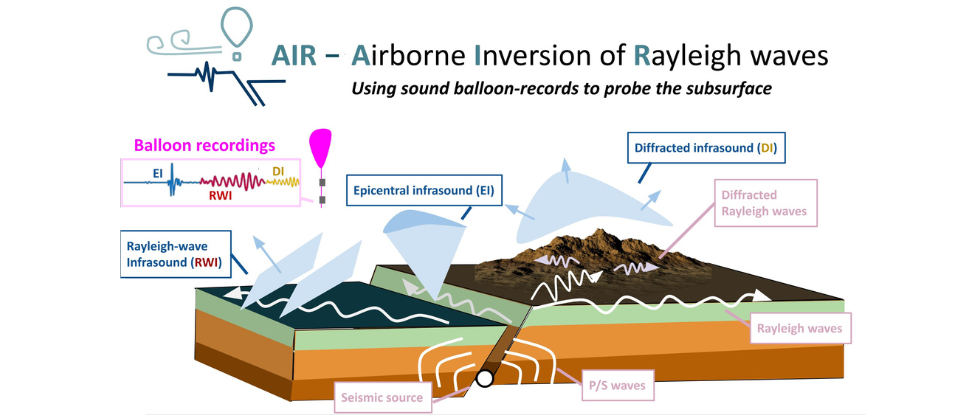Meet Marouchka, our new postdoctoral researcher!

Marouchka Froment joined NORSAR in February as a postdoctoral researcher in the AIR project.
Why are conditions on Venus so drastically different than on Earth? The answer can only be found by understanding the planet’s interior structure, which is what the team working on the AIR project has set out to contribute to. AIR (Airborne Inversion of Rayleigh waves) is funded by the Research Council of Norway and led by NORSAR, with numerous renowned international institutes as partners, including the University of Oslo (UiO), Institutet för rymdfysik (IRF) in Sweden, Caltech, and NASA.
The newest addition to the AIR team at NORSAR is Marouchka Froment, who recently received her PhD in Earth Sciences from the Institut de Physique du Globe de Paris in France. Her research aimed at understanding the seismic source of meteorite impacts and was conducted between IPGP and the Los Alamos National Laboratory in New Mexico, USA.
I was lucky to be involved in the NASA/InSight mission which operated the first seismometer on the surface of Mars between 2018 and 2022. It recorded the first ever “marsquakes” and detected several seismic and acoustic signals generated by impacts on the planet’s surface. In my work, I used seismic source theory and numerical modelling to improve our understanding of these signals and performed inversions of the atmospheric and subsurface structure of Mars using data recorded by InSight. Planetary seismology is only at its beginning but remains the most powerful tool to understand what is going on below a planet’s surface. I am excited to continue in the field with this project focusing on Venus!
The goal of the AIR project is to determine if the subsurface properties of Venus can be inferred from pressure oscillations recorded by a balloon-borne pressure sensor. Venus’ atmosphere is so dense that the ground shaking produced by Venus quakes excites infrasound waves in the air. The signatures of these Rayleigh waves can then be recorded high above the surface, where the temperature and pressure of the hot planet drop to conditions much more tolerable for electronic instruments.
This is a very new field and there is a lot of work to do to determine what such coupled infrasound would look like on Venus, how sensitive they are to subsurface properties and source location, and what are the best methods to invert them. My postdoc research will address these questions by adapting and applying seismo-acoustic modelling tools to Venus, and by testing and evaluating different inversion approaches. Ultimately, I hope to develop several new tools for balloon seismology with the AIR team at NORSAR, and assess its potential for future Venus exploration missions.
We are thrilled to welcome Marouchka to us, as her experience and expertise undoubtedly will be of great value to the AIR team and NORSAR.
NORSAR’s experience with analyzing infrasound and seismic data is important for this project, and I am excited to learn new state-of-the-art methods for signal detection and inversion through interactions with my colleagues here and at the University of Oslo. The team has been most welcoming and done everything to give me a smooth landing in Norway. Now I can’t wait to start digging into the clouds of Venus!
